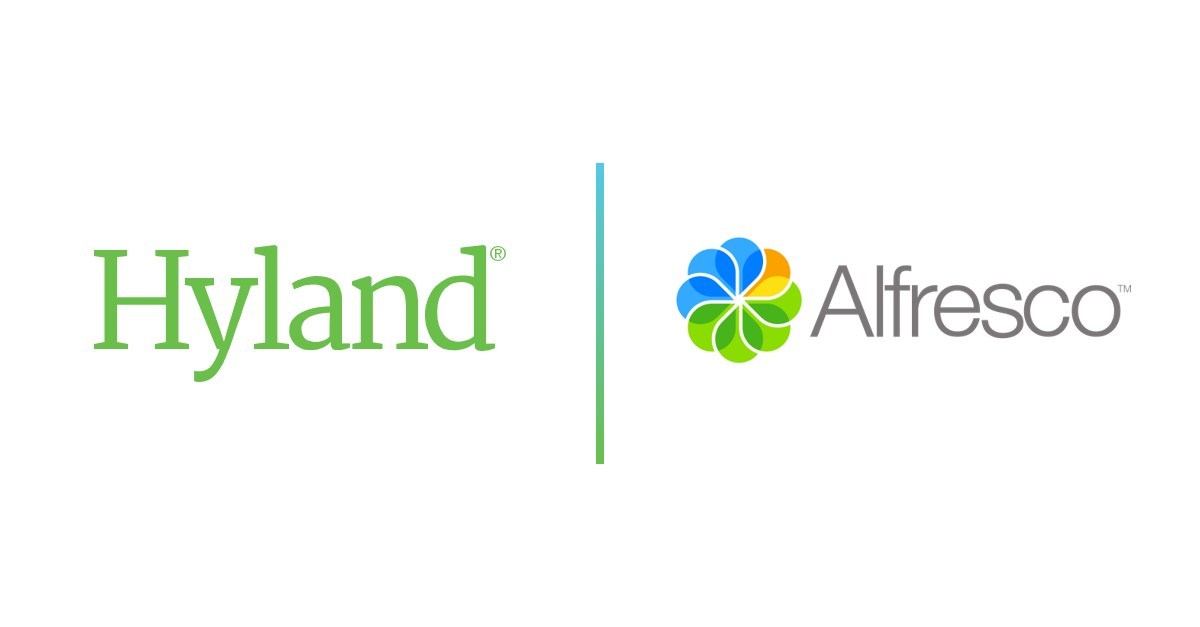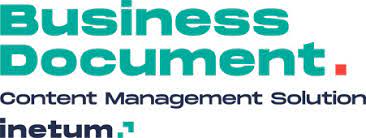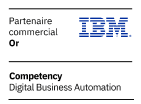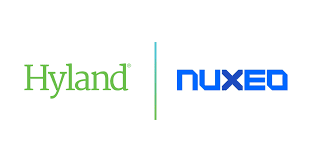Transform your digital business with amazing experiences that matter
We provide cutting-edge and highly innovative solutions and services to help our clients stay ahead in an era of digital first experiences. Let’s build the future together and drive your business forward.















